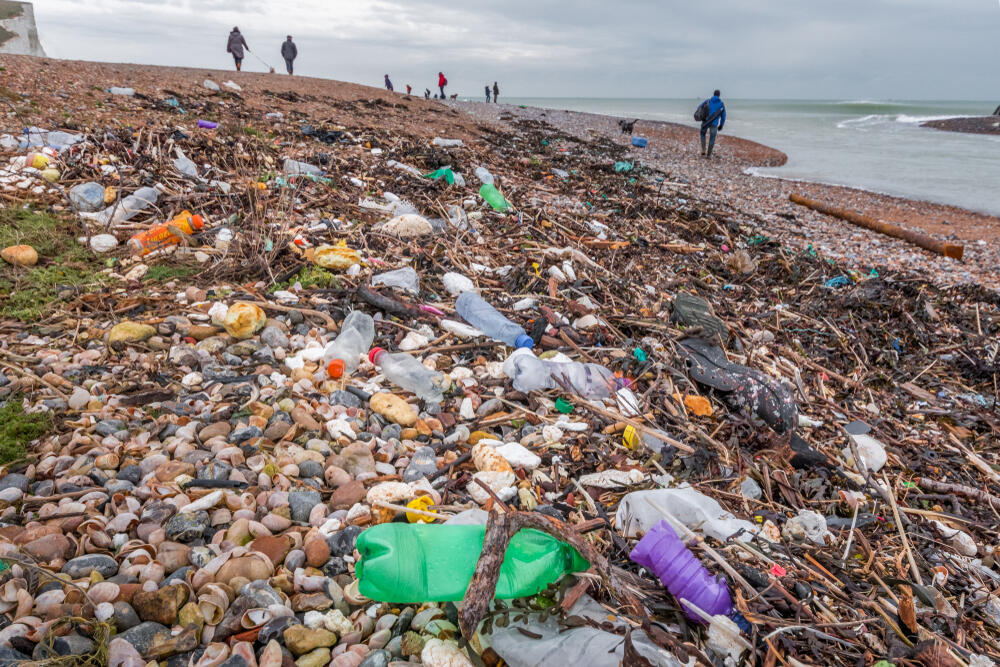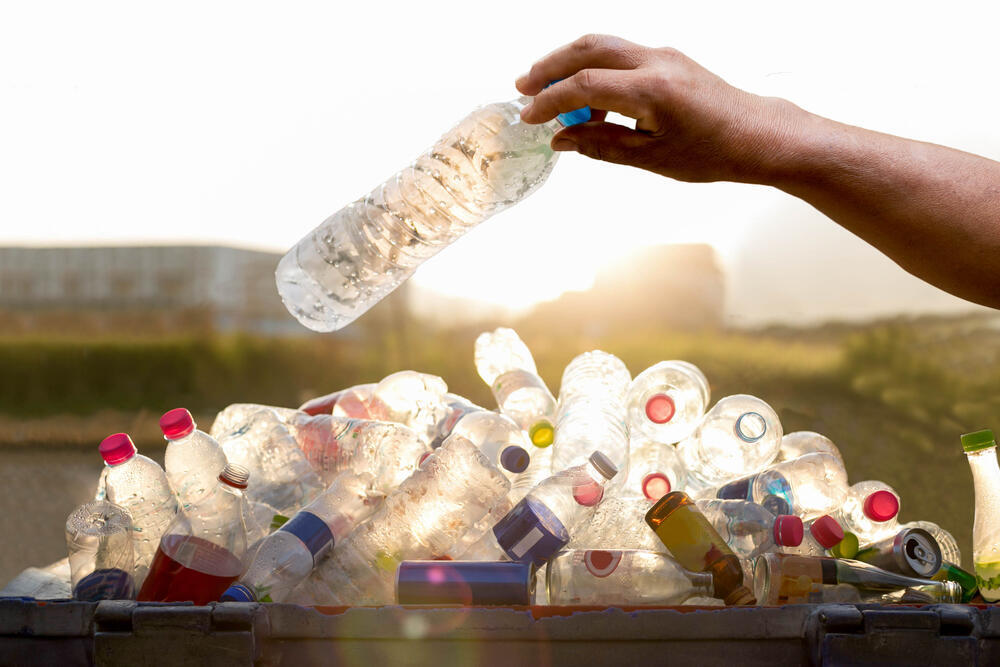Getting your Trinity Audio player ready...
Microplastics and nanoplastics (MNPs) are likely emerging risk factors for cardiovascular disease in preclinical studies, said a recent study in the New England Journal of Medicine, corroborating similar research over recent years about their environmental dangers.
Read more:
According to the study, the presence of tiny plastic particles in neck arteries increases the risk of cardiovascular events within the next three years by twofold.
According to Dr. Ines Zucker, head of the Environmental Nano-Technology Laboratory at Tel Aviv University, the most common plastic we can find in supermarket plastic bags, polyethylene plastic, causes environmental pollution in Israel and worldwide.
The new study, led by Prof. Raffaele Marfella of the University of Campania Luigi Vanvitelli in Italy, followed hundreds of patients for 34 months after undergoing surgery to open blockages in the carotid artery that supplies blood to the brain. They tracked the patients and found that those who had large accumulations of plastic particles in their arteries suffered more health problems compared to those who did not.
According to the research, the presence of these microplastic or nanoplastic particles in the carotid artery tissues is directly linked to an increased risk of cardiovascular events such as heart attacks, strokes and other factors leading to premature death.
Why is plastic dangerous?
Microplastics are tiny pieces of plastic ranging in size from tens of microns to millimeters. Nanoplastic particles have a width ranging from nanometers to micrometers. They are released directly into the environment or result from plastic degradation. Due to their tiny size, these plastic pieces can easily enter the bodies of animals and humans through ingestion, inhalation and contact with the skin.
4 View gallery


'Research indicates that nanoplastics are the biggest concern in terms of health'
(Photo: Shutterstock)
Research indicates that nanoplastics are the biggest concern in terms of health. The minuscule particle, with an average width of a human hair, can easily enter the digestive system, lungs and bloodstream, infiltrating cells and tissues in major organs and disrupting various cellular processes, such as blood circulation.
"We have known for a long time that plastic is not good, and there is a lot of evidence about its impact on the environment and other animals," says Dr. Iddo Paldor, deputy director of the Neurosurgery Department at Shaare Zedek Medical Center. "This is evidence that plastic increases illness in humans and risk of problems. You always knew that if there are pieces of plastic in the sea, fish may be caught. Now you know it's dangerous for you too."
Dr. Zucker explains that microplastics are a general term for small plastic particles, and although some microplastics are created for industries like cosmetics, most refer to plastic products that have been discarded after use and litter the environment, and decompose into small particles that are usually invisible to the naked eye.
"Nanoplastics are found in higher amounts everywhere, posing significant environmental and health risks, which is very worrying," she said. "There are huge amounts of articles and evidence pointing to the presence of plastic in the environment and its negative effects. Wherever you look, you find microplastics."
"We found plastics in the placenta and breast milk and even in the ice in Antarctica, and they will continue to be found everywhere we look," she added. "On the other hand, there haven't been direct studies proving the health risk of plastic on the human body until now, so this research is very important."
Dr. Paldor explains that there is much evidence from recent years supporting the notion that nano and microplastic components increase the likelihood of blood vessel diseases, brain events, heart attacks, kidney diseases and more. However, until this research, they have not been definitively proven in humans, making the current study of high quality and groundbreaking.
"The research is very elegant in my eyes. They took people undergoing surgery to clean the carotid artery which feeds the brain. We checked if there was a connection between plastic in the artery and then a later heart or brain condition over time. This is the first time a connection has been shown between human contamination and cardiovascular conditions," he said.
In this type of surgery, the inside of the artery is cleaned. If a person smokes, eats fat foods and lives an unhealthy life, plaques develop in these arteries and over time these arteries are also filled with plastic.
Dr. Faldor elaborated on the surgery. "In this type of surgery, the inside of the artery is cleaned. If a person smokes, eats fatty foods and leads an unhealthy lifestyle, plaques develop in these arteries and over time these arteries are also filled with plastic. In surgery, we surgically remove this plastic, simply clean the insides to improve blood flow to the brain."
Dr. Faldor adds that some patients undergo this surgery after a stroke, but some also arrive without symptoms, after accumulations have been found incidentally during other tests.
Dr. Tony Karam, head of the Department of Vascular Surgery and Transplantation at Rambam Health Care Campus in Haifa, explains that what researchers were looking for in the samples they took was the presence of microplastics within the atherosclerotic plaque extracted from the carotid artery.
They followed them for three years and found twice as many cerebral conditions, heart attacks, and deaths compared to the group that did not have plastic
"We believe that this plaque is responsible for some of the vascular conditions, and this layer serves as a sign of atherosclerosis. They took this atherosclerotic plaque. In some, they found plastic, and in some, they did not. Among those that found plastic, they followed them for three years and found twice as many cerebral conditions, heart attacks, and deaths compared to the group that did not have plastic, which in itself is a fascinating discovery," he said.
In the past, there has been ample evidence that the plastic found around us could potentially harm us, and this research, according to Dr. Paldor, opens up possibilities for future investigations into how to reduce the phenomenon of plastic dispersion, how to intervene and prevent plastic from entering the body, and also - how does plastic enter the body at all?
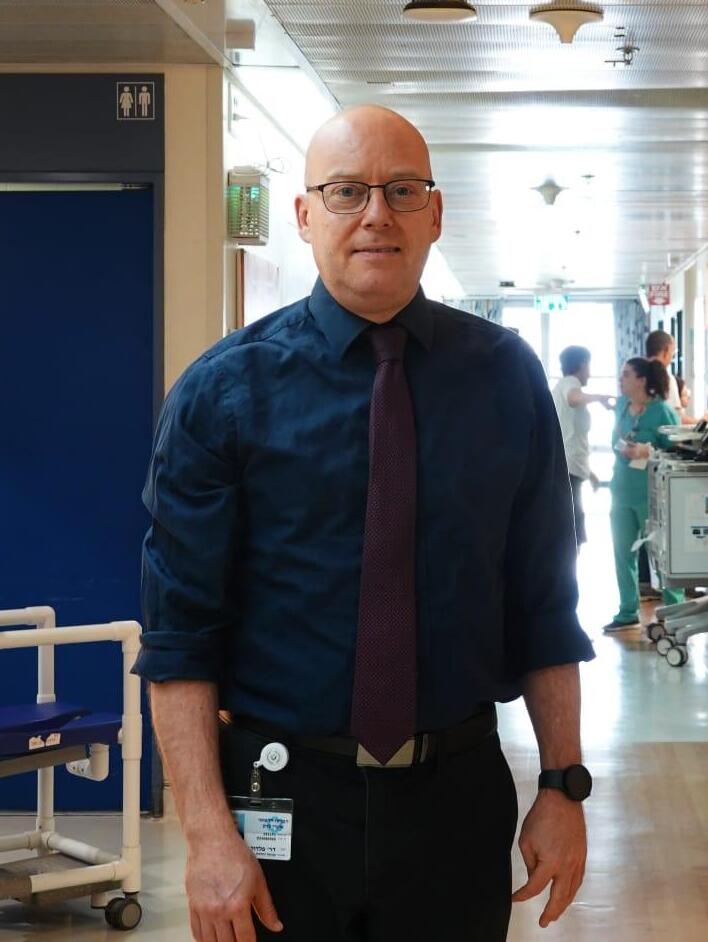 Dr. Iddo PaldorPhoto: Shaare Zedek Medical Center
Dr. Iddo PaldorPhoto: Shaare Zedek Medical Center"It's exciting that someone finally found something that may be able to predict or be more accurate in predicting possible future complications due to plastic. This is another warning sign that we need to reduce the use of plastic, which is present in so many things in our lives," he says, "Plastic is one of the most inflammatory substances similar to other substances that harm our health, and this could lead to an increase in mortality and cerebral events," said Dr. Karam.
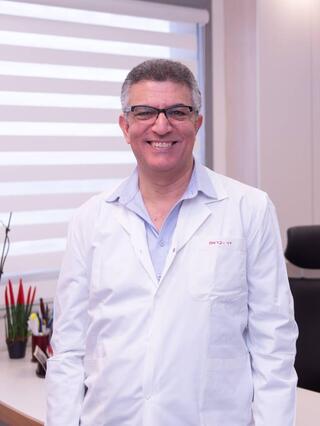 Dr. Tony KaramPhoto: Rambam Healthcare Campus
Dr. Tony KaramPhoto: Rambam Healthcare Campus"The most important thing is to stop using single-use plastics. When we talk about low-quality plastic, such as single-use plastics, this plastic disintegrates and is used for a moment and creates piles of garbage. This is a big problem in the country, and it is not surprising that later it is found in our arteries," Dr. Ines Zucker added.
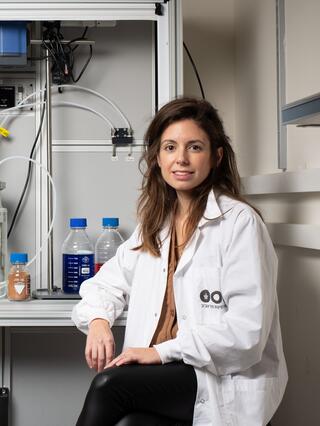 Dr. Ines ZuckerPhoto: Yonatan Birnbaum
Dr. Ines ZuckerPhoto: Yonatan BirnbaumThe research suggests ways to reduce human exposure to plastic. These recommendations include using stainless steel and glass containers, avoiding heating food in the microwave in plastic, reducing the use of single-use plastic, and putting an emphasis on recycling to avoid certain types of plastics that contain chemicals harmful to the body and the environment.



